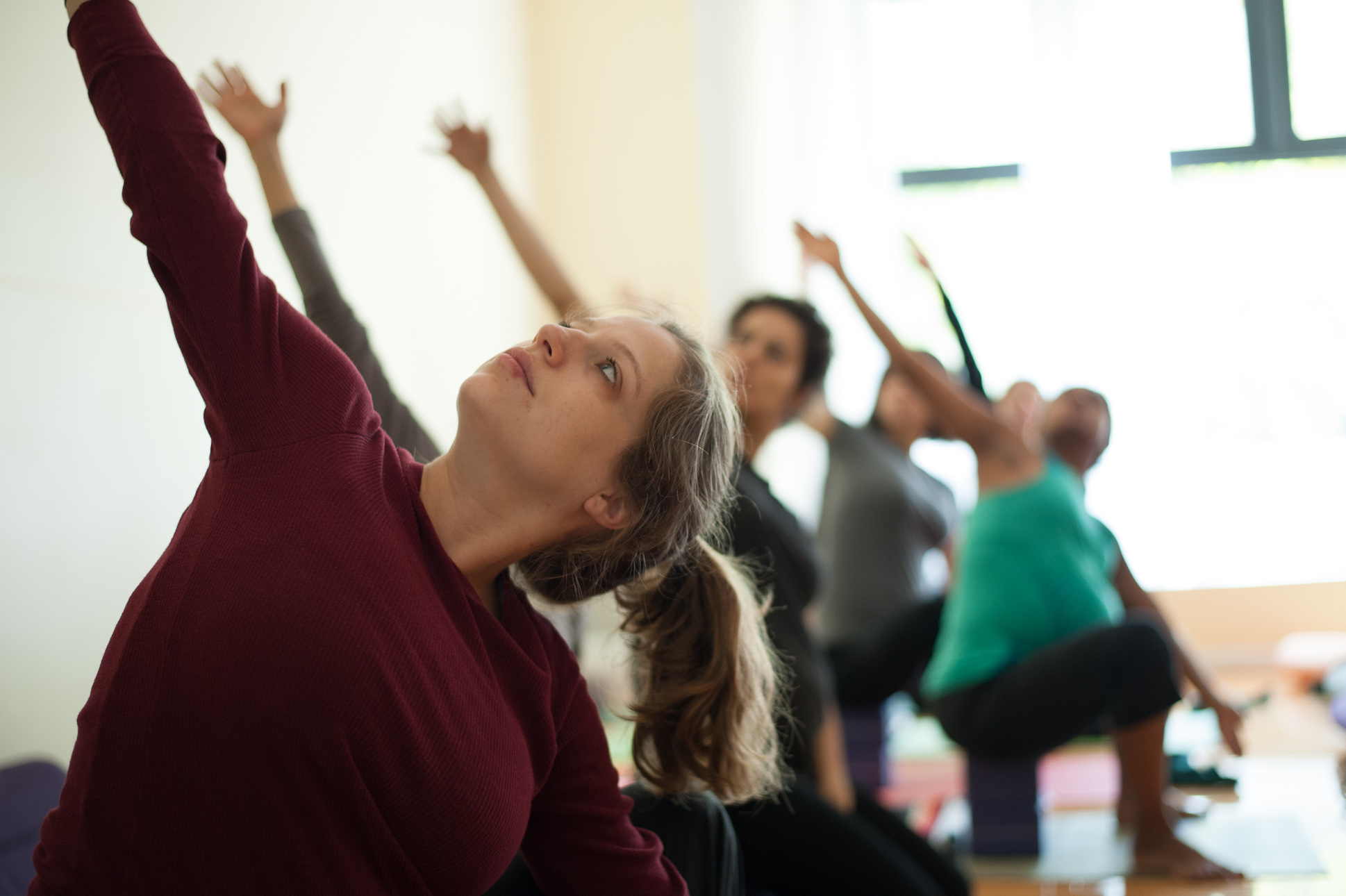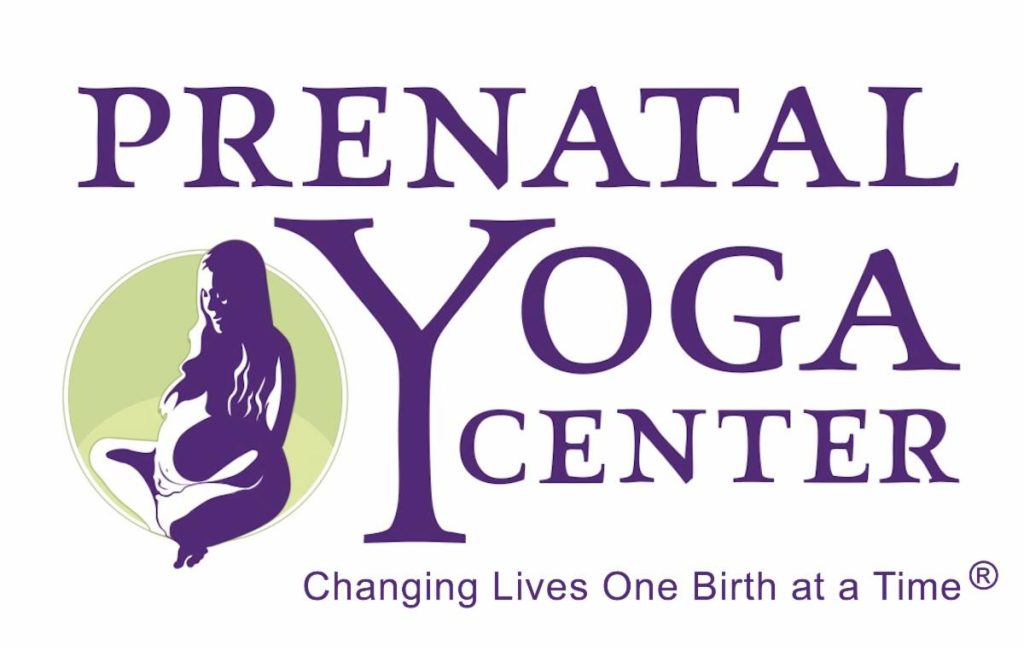| You may think, “Yoga is yoga! Sure I’m pregnant, but why not go to a general population class and modify poses as needed?” To some extent, yes, downward facing dog is going to be the same no matter where you take class. However, there is something so special and unique about a prenatal yoga class that can’t be experienced along side your nonpregnant classmates. Here are my top 10 reasons why you should seek out a prenatal yoga class immediately. Join your fellow pregnant yogis and glory in the glow of birth together! Community The Beatles said it best “I get by with a little help from my friends.” The transition of pregnancy is unlike any other metamorphic experience you’ll go through in your life time. Whether it is your first child or your fourth, there is a dramatic shift of mind, body, and soul during these 40 something weeks. Being immersed in a community of others going through a similar journey can be reassuring and comforting. Especially in a city like New York, where many people show up with out their family around, it’s essential to find a supportive tribe. Alleviating aches and pains You’ll be hard pressed to find a pregnant person who can say they cruised through pregnancy without some sort of ache or pain to speak of. Given the massive changes to the body, it’s expected that there will be discomfort along the way. Luckily, in prenatal yoga, class is designed to target common areas of discomfort and offer specific poses to help create more comfort and ease. Connecting to baby Even though you carry your baby in your body for 40 something weeks, it can be easy to simply go along with your day and not pay attention to your growing child. In prenatal yoga class, we offer a quiet space to step out of your daily life and connect inward. Yoga means “to yoke, union” and often refers to the mind/body connection. In prenatal yoga, we take this “yoking or union” as the connection between parent and child. Aligning your pelvis. We’ve all heard stories of long arduous deliveries and of babies that literally flew out. One determinant factor in a quicker functional labor is optimal fetal positioning. To help ensure your baby is well positioned you need to have an aligned pelvis, pelvic floor, pelvic ligaments, and uterine ligaments. Many poses we incorporate into a prenatal class work to create balance and proper alignment. Learning physical coping skills There was a study out of Thailand providing evidence that a regular yoga practice in the last 10-12 weeks of pregnancy improves maternal comfort in labor and may facilitate labor progress. The practice of yoga raises the threshold of tolerance to discomfort. So by allowing yourself to be safely uncomfortable, you can start to learn physical coping tools to handle strong sensations. Learning emotional coping skills I remember interviewing Barbara Harper, a well know proponent of water birth for my podcast and she stated “Pregnancy happens just as much between the ears as between the legs.” At first, I paused to think about the truth of that statement, but later realized that mental and emotional coping skills are just as important as physical tools for labor. If the laboring person is internally going down a dark rabbit hole, it won’t matter what their birth posse is doing physically to help them. In prenatal yoga, we explore getting to the other side when the birthing person hits a crisis of confidence and needs to emotionally find coping skills. Learning breath connection It’s pretty undeniable that pranayama is just as important as asana for a yoga practitioner. For the pregnant student, this awareness of breath can be a major support during labor and birth. Breathing and how one breathes plays a central part of any birth experience. Yoga class is the perfect time for the pregnant yogi to truly hone this skill. Laying the foundation for solid breath connection can greatly support the pregnant student. And frankly it will serve anyone facing physical or emotional discomfort. Education We interweave childbirth education themes and current birthing trends into our classes. Our intention is that the pregnant student will feel more confident and prepared to make conscious, educated decisions during pregnancy, labor, delivery and parenthood. Finding autonomy As doula and as a prenatal yoga teacher, I frequently hear statements like “my care provider will not allow me to push in on all 4’s.” Or “The hospital doesn’t allow me to eat once admitted.” There are constant constraints being put upon the pregnant and birthing person (many not based on evidence based research) and it’s easy to lose one’s sense of autonomy. In class, we encourage the students to start deeply listening to their body, their desires, and their ability to make choices. We remind them that this is their body, their pregnancy, and their birth. You have a right to make choices that best suit you and your family. You don’t need to make decisions based off routine protocols and guidelines. Learning about your pelvic floor I saved my favorite for last! All too often pregnant people are simply told to “do their kegels.” But following rote advice like that can be detrimental to the pelvic health of the pregnant person as well as affect their labor and delivery. It’s imperative to have balance in the pelvic floor, not too tight and not too loose. Ultimately we want the pelvic floor to be “springy” like a trampoline which will be beneficial for the descent and rotation of the baby for a vaginal birth. On the inhalation the pelvic floor should release and spread and on the exhalation the pelvic floor should lift and dome. I liken this to the image of a jellyfish. The pelvic floor should also mirror the timing and movement of the respiratory diaphragm. For those who need to work on softening and releasing the pelvic floor, the practice of soft diaphragmatic breath can help gentle stretch the pelvic floor. For those who need to find more tone, practice drawing the two sitz bones together and engaging the perineum on the exhale. For my curious friends who want to see the actual movement, grab a mirror and look at your own superficial pelvic floor. You can see the slight lift of the perineum as your engage it and the lowering as it releases. Super cool!! I hope I have laid my case out for the benefits of prenatal yoga classes. They really are so much more than asana! *Originally published for the New York Baby Show |

Failure to Progress In Labor with Dr. Nicole Calloway Rankins – Revisit!
“Failure to progress in labor.” Can we all agree this is a horrible name and can impact someone’s view of their ability to give birth!






